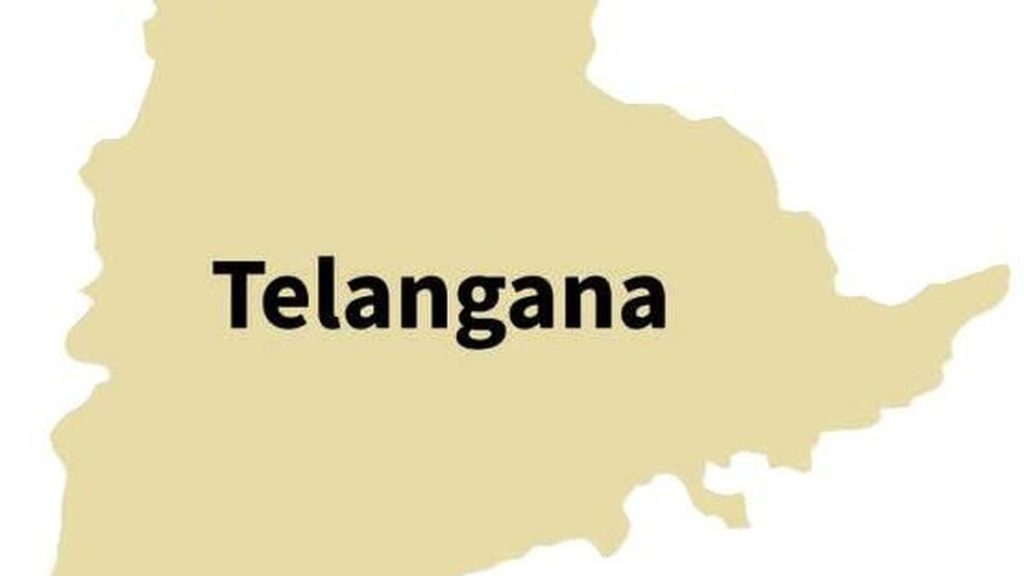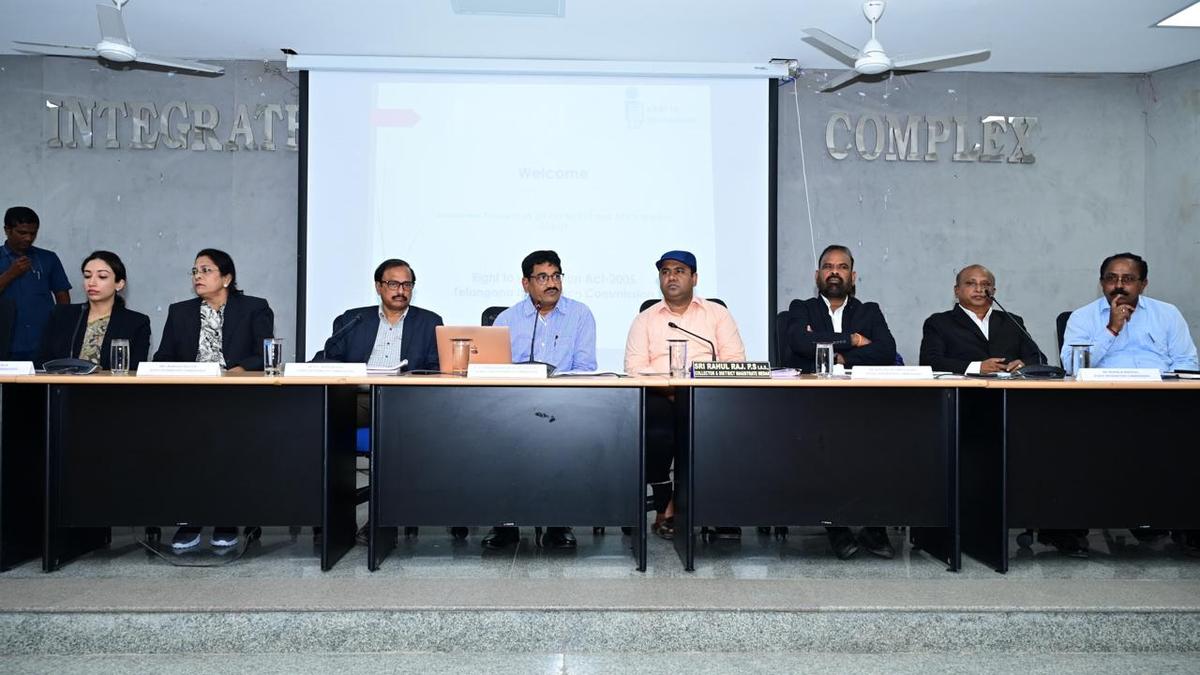Now Reading: India’s Justice System Struggles Amid Overburdened Courts
-
01
India’s Justice System Struggles Amid Overburdened Courts
India’s Justice System Struggles Amid Overburdened Courts
Rapid Summary
- Over 5 crore cases are pending across various levels of courts in India: 86,700 in the Supreme Court, 63.3 lakh in High Courts, and 4.6 crore in district/subordinate courts.
- Key reasons for delays include structural bottlenecks, inadequate infrastructure/staffing, frequent adjournments without mandated timelines, and ineffective case management systems.
- Civil cases face notably prolonged timelines; only 38.7% are resolved within a year at the district level compared to higher rates for criminal cases (70.6%). Nearly 20% of civil district court cases extend beyond five years.
- india’s judiciary is functioning at only 79% capacity due to vacancies: out of a sanctioned strength of 26,927 judges across all courts, there remain approximately 5,665 vacant posts – resulting in just about 15 judges per million people instead of the recommended benchmark of 50 judges per million set by the Law Commission in 1987.
- Alternative dispute resolution mechanisms like Lok Adalats have helped resolve over 27.5 crore disputes between January 2021 and March 2025.
Indian Opinion Analysis
India’s judicial delays present formidable challenges that undermine public trust and deter citizens from approaching legal institutions for redressal or justice-a phenomenon aptly described as “justice delayed is justice denied.” The disproportionate burden on civil litigation further highlights a systemic imbalance affecting those navigating matters with profound personal and socio-economic implications such as property disputes and family matters.
Crucially addressing judge vacancy-currently running at an alarming deficit-is vital to closing long-standing gaps hindering efficiency even with reforms underway.Alternative themes expanding complement trad systems—– e.g nat success using mediation-cost/user flex low —

























